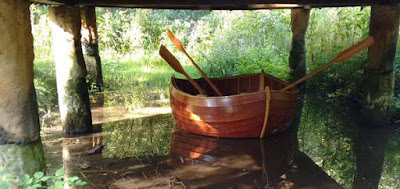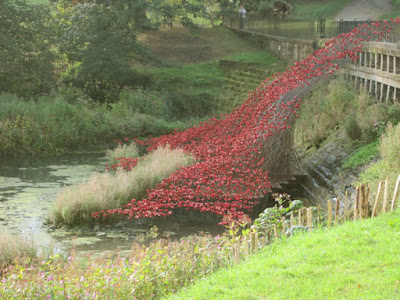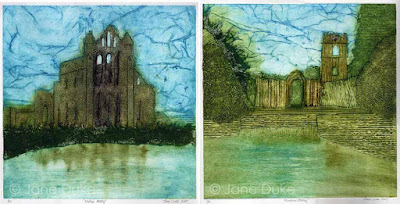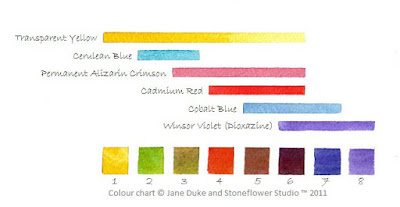 |
| Henry Moore; 'Draped Seated Woman' 1957-8 |
One of our favourite days out is to the magnificent wonderland that is the Yorkshire Sculpture Park. It is one of those special places which lifts the spirits and cleans the soul. Covering 500 acres, there is more than enough walking to make adult legs, let alone tiny ones, rather weary - which is where the title of this post comes from. "Is that art or can we sit on it?" was asked by our then small daughter on her first visit many years ago. The subject of her query was in fact a bench - though we had to admit it was perhaps more aesthetically pleasing than a couple of the sculptures, so we could understand her confusion. (Since then the phrase has become family code to express..ahem..scepticism about artistic merit. Follow us around a museum or gallery and you might hear us muttering it under our breath to each other - most recently I'm afraid in Tate Modern. So we're philistines. What can I say?). Fortunately there are plenty of places provided around the vast spaces of the park for visitors to sit and rest and enjoy the views.
Last weekend my husband and I (along with a large part of the population of Yorkshire, as it turned out) made a special trip to see the newly installed 'Poppies: Wave', a small part of the extraordinary Blood Swept Lands and Seas of Red installation which was at the Tower of London in 2014.
In the glorious autumn sunshine our first glimpse of the poppies in the distance was like a fiery beacon, reflected in the water below. What a fabulous setting for this stunning display.
Even on a busy day the park is so big it isn't too hard to escape the madding crowd and find some tranquility. On this visit I spent quite some time just gazing at the reflections in the Boat House which houses JocJonJosch's 'Eddy'.
 |
| JocJonJosch: 'Eddy' 2014 |
Another of our favourite spots is James Turrell's 'Deer Shelter Skyspace'. How can a simple* hole in a roof be so effective and mesmerising? But it is - and with the added benefit that this is simultaneously art AND you can sit on it, or at least in it.
 |
| James Turrell: 'Deer Shelter Skyspace' 2007 |
* I have no doubt it isn't simple at all, but very cleverly designed and engineered to achieve the effect it does.
The Poppies will be in place until 10 January 2016, but the Sculpture Park is open all year round and always worth a visit. Entrance is, astonishingly, free - though of course donations are always welcome. The icing, or perhaps gravy, on a great day out is the excellent restaurant which is very good value and serves up a delicious menu.
Pro tips:
- Get there as early as you can, especially at the weekends. If you arrive a few minutes before the opening time of 10am you can always set off around the park and open air exhibits before coming back to the visitor centre and indoor galleries.
- Do pick up a map. You can miss entire sections of the park without one.
- Parking is by number plate recognition and you can pay at the machines at any time during your visit. Pay early in the day because the queues at the machines can get quite long later. Don't waste time trying to work out how long you will need; just pay for the whole day, you'll use it!
For more information visit www.ysp.co.uk
 |
| Sophie Ryder: 'Sitting' 2007 |


















